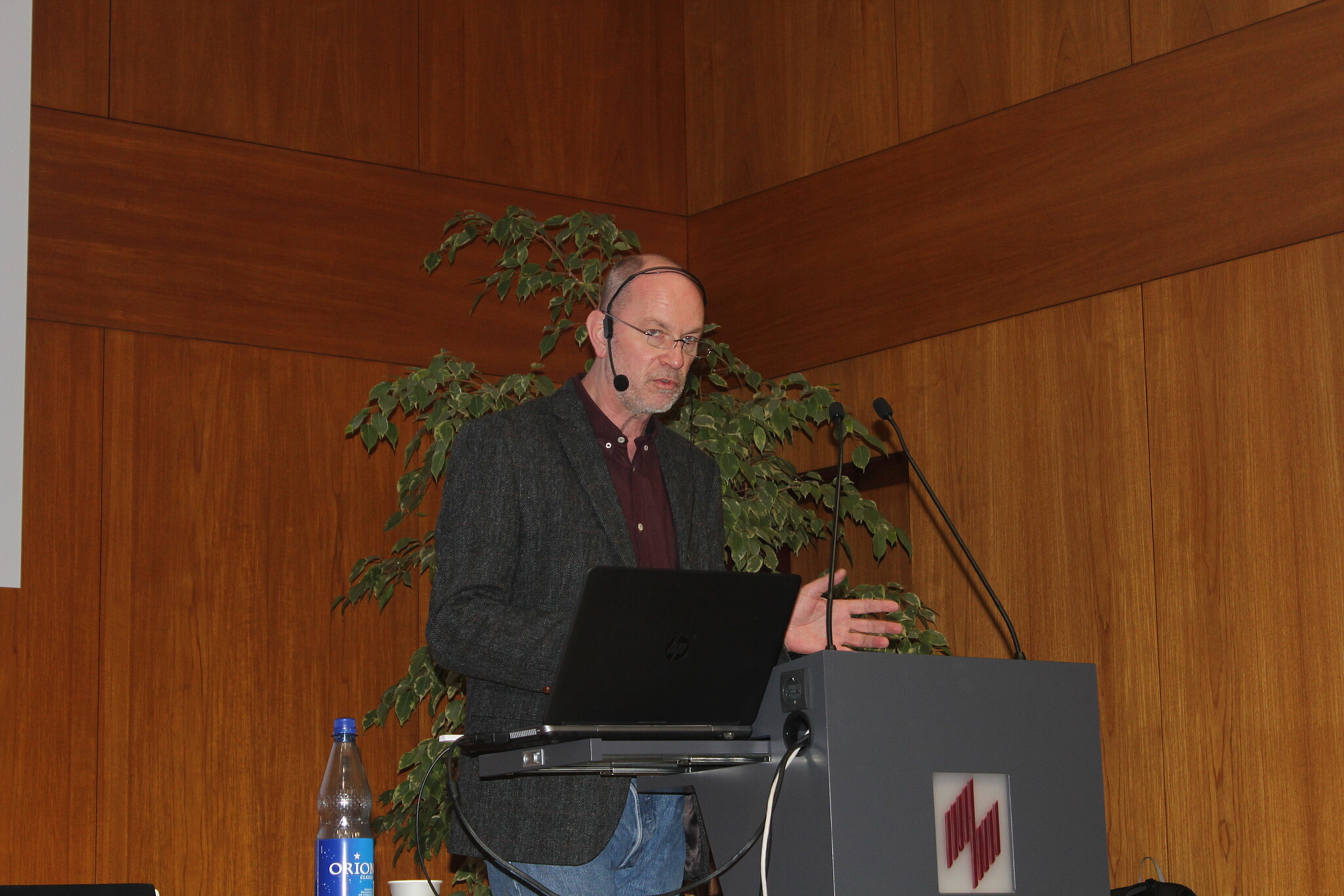On January 23, the 50 PLUS lecture with Prof. Dr. Hans-Ulrich Dallmann, Professor of Ethics and Migration in the Department of Social and Health Care, focused on the topic of "Fear of the Stranger".
In front of around 95 guests, Dallmann spoke about repulsion and attraction, about xenophobia and exoticism - with impulses from ET as the foreign - and therefore the unusual, from the tsunami - here too the foreign that causes fear - or in contrast, blue skies, sandy beaches and the sea: simply a feel-good place.
And fear of the foreign at political gatherings in the Middle East or, in contrast, the idea of a stroll through a bazaar on a sunny vacation.
The lecturer had divided his lecture into 4 parts, in:
- Psychoanalytical perspective
- Prejudices and categorization
- Xenophobia in Germany
- Conclusions
In the psychoanalytical perspective, Julia Kristeva (French literary theorist, psychoanalyst, writer and philosopher), for example, states: "The other, that is my own unconscious".
The central thesis here: The perception of the other as the non-self is constitutive for psychological development.
Failure to cope with the conflict between ego and non-ego would result in narcissistic disorders - in the form of xenophobia and xenophobia. The repressed "foreign self" returns in the projection as: uncanny - threatening - ambivalent.
Dallmann listed further quotes from Werner Bohleber, Andrea Hettlage-Varjas and Robert Hettlage, for example, and was able to contribute his own experiences in one way or another.
When it comes to prejudices and categorization, there are homogeneous and inhomogeneous groups.
Homogeneous groups would be friends, family - the memory of deviant behavior.
Inhomogeneous large groups such as nations and ethnic minorities - the memory of consistent behavior, forgetting differences as irrelevant.
A quote from Werner Bergmann (until 2016 Professor of Sociology at the Center for Research on Anti-Semitism at the Technical University of Berlin. He has published numerous works on the history of anti-Semitism): "We gain a more typified, undifferentiated image about ethnic groups, as we mostly only store abstract information about the group as a whole, which is gained indirectly on the basis of prototypical members (the rich Jew, the bogus asylum seeker). The image of others is not only more strongly typified, but also more extreme."
Dallmann used a number of diagrams to illustrate the development of xenophobia in Germany.
At the end of the lectures, he came to some conclusions. For example, xenophobia is not an individual problem, but a social one:
- social conditions can contribute to its emergence and attitudes follow actions,
- The problem is not the differences between us/the others, but the way they are handled.
And: group difference must not become group competition. After all, it is ultimately about preventing or equalizing competitive situations - in other words, about social justice.
Thank you for your interest in the lecture series "Lifelong Learning: 50 PLUS" and we look forward to welcoming you back to the university in the summer semester 2020.






